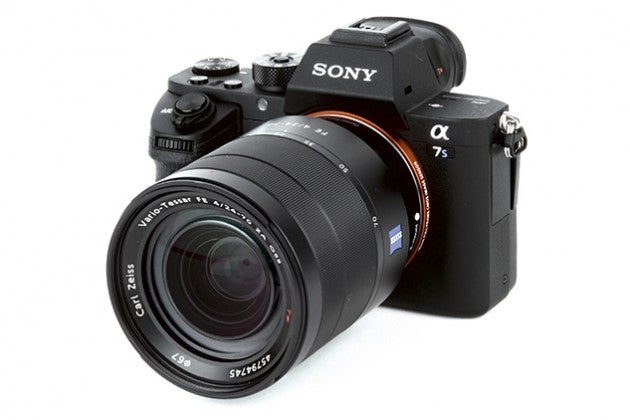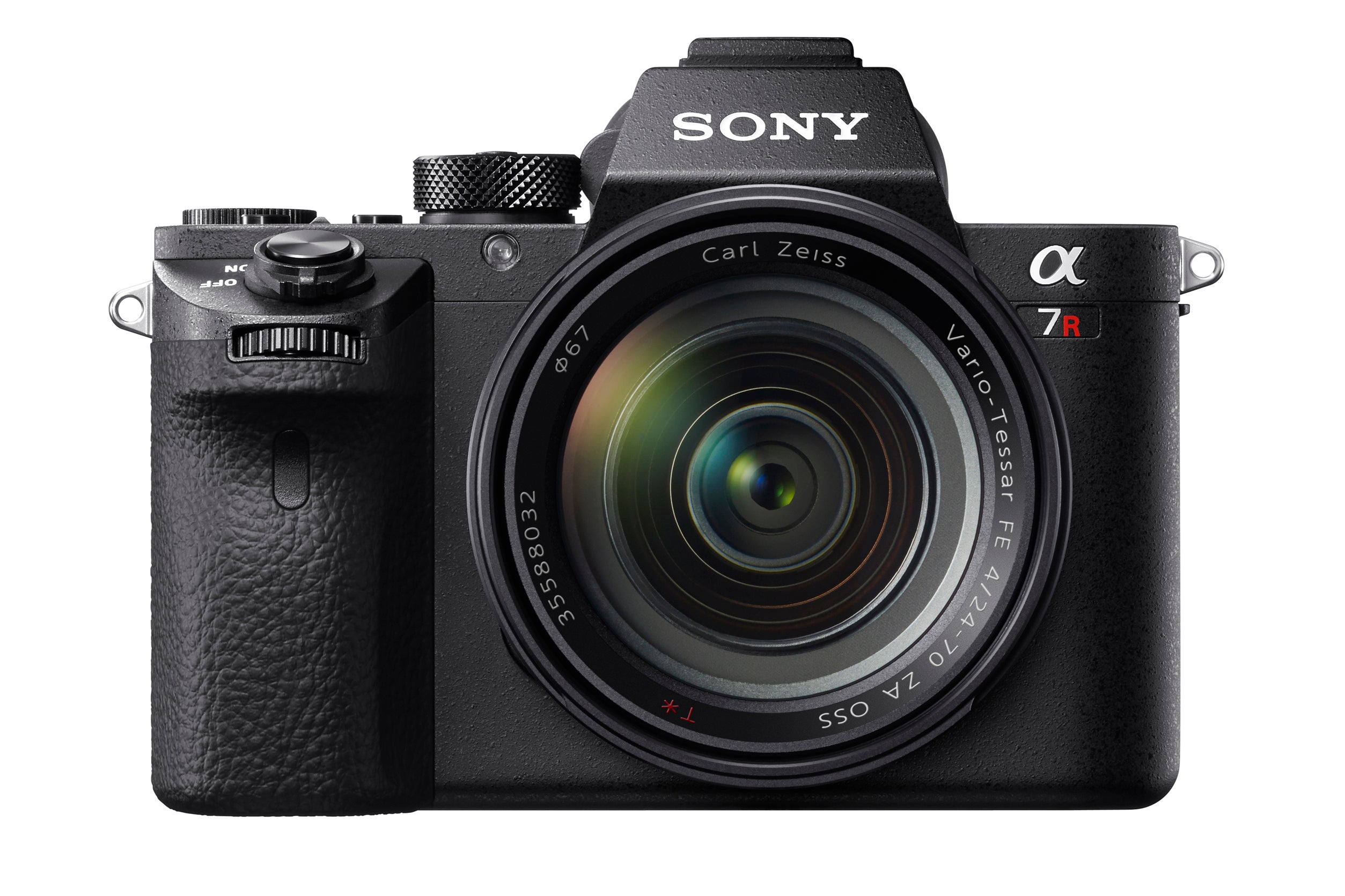The A7 II, A7S II and A7R II may all share many similarities when it comes to their design, but each has been crafted with a different user in mind. We take a look at the main areas where they differ.
Sony’s A7 line of full-frame cameras recently welcomed second-generation versions of its three primary models. The Sony A7 II, A7S II and A7R II may all share many similarities when it comes to their design, but each has been crafted with a different user in mind. Let’s take a look at the main areas where they differ.

Sony Alpha 7 II

Sony A7S II

Sony A7R II
Sensor and processor
All three cameras sport full-frame sensors, but each is different from those inside the other two.
The A7 II is considered to be the all-rounder of the trio, with its moderate 24.3MP sensor placing it on a par with many other full-frame DSLRs for pixel count. With sensitivity as its focus, the A7S II offers a 12.2MP full-frame sensor instead, while the A7R II is designed for those who need utmost detail in their images, and packs in a 42.4MP alternative.
The A7R II is also the only model out of the three whose sensor doesn’t sport an optical low-pass filter in front of it, which stands to reason given its focus on capturing plenty of detail. It also has the honour of being equipped with the world’s first full-frame sensor with a backlit construction, although it’s partnered with the same Bionz X processing engine as the other two models.
Sensitivity range
The A7S II is all about sensitivity, which explains why it offers the most generous ISO range of the trio. Its native range runs between ISO 100-102,400, but extension settings on either side stretch it to the equivalent of ISO 50 and ISO 409,600.
The other two cameras can’t quite reach to these heights, but their respective ranges are still broad. Both models have a native range of ISO 100-25,600 and extension settings equivalent to ISO 50, although the A7R II also adds extensions at the other end equivalent to ISO 102,400.
Focusing systems
The three cameras each sport a different focusing system. The A7S II appears to have the most basic system on paper, with 169 contrast-detect AF points and no phase-detect points at all, although its lower sensitivity of EV -4 means that it can focus in far darker conditions than the others two – pretty useful given its suitability for low-light photography.
The A7 II, meanwhile, offers a Fast Hybrid AF system that combines 117 phase-detect AF points with 25 contrast detect points, with a sensitivity of -1EV. The A7R II, meanwhile, follows that model in offering a Fast Hybrid AF system, although it ramps up the number of phase-detect AF points to an impressive 399 – again, with 25 contrast-detect AF points alongside – and has a more sensitive -2EV rating.
Video
Both the A7S II and A7R II record 4K video in the UHD 4K format (3840 x 2160), and both use their full sensor to record this, although the A7R II can also record 4K video in the Super 35mm crop option, which only uses a central area of the frame. Unlike the other two models, the A7 II only manages Full HD recording, although for most people this is likely to be viewed as sufficient.
All three cameras come with Picture Profiles that change things like contrast, saturation and black point, and all three offer an S-Log2 option that records visibly flat footage that’s better suited to grading. The video-centric A7S II goes one step further in also offering an S-Log3 option that is said to provide better tonal reproduction in the shadow to mid-tone area and all three also support clean (uncompressed) HDMI output.
All three cameras use the XAVC S format for recording, with the A7R II and A7S II recording at up to 100Mbps. The A7 II, the only one of the three not to offer 4K recording, records its Full HD footage at a maximum bit rate of 50Mbps.
LCD
One area where the three are completely equal is with their LCD screens. Each model sports a 3in screen with 1,228,000 dots that can be tilted down by around 41 degrees and upwards by 107 degress. All three screens fail to offer touch functionality of any kind, meaning that everything is operated through the physical buttons and controls around the body.
Viewfinder
The three are more or less the same with regards to their electronic viewfinders. The finder on each camera measures 0.5in in size and features an OLED panel with 2,359,296 dots, and it’s possible to adjust both the brightness and diopter to the same degree on each model.
There are slight differences, however, when it comes to magnification and eye point. While both the A7S II and A7R II offer a 0.78x magnification and 0.91in eye point, the A7 II has a slightly lower 0.71 magnification and a longer eye point of 1.06in.
Burst rate
Both the A7S II and A7R II are capable of shooting at 5fps with autofocus working throughout. The A7S II is also capable of 5fps burst shooting in its Speed Priority mode, although focus is locked to that of the first frame; if you want autofocus to continue working throughout the burst, the frame rate drops to 2.5fps.
Battery life
Sony claims the A7S II has the longest battery life of the three, with 370 shots per charge when using the LCD and 310 when using the EVF. Then A7 II is slightly behind this, with 350 shots with the LCD and 270 with the EVF, while the A7R II manages 340 frames with the LCD but 290 with the EVF – 20 more than the A7 II.
Image Stabilisation
No differences here. Each model is equipped with a five-axis image stabilisation system, which corrects over pitch, roll and yaw, and both horizontal and vertical shifting. This is located at the sensor rather than in the lens, and this is said to have a compensatory effect of up to 4.5EV (across pitch and yaw).
Should you use the camera with a lens that features its own Optical SteadyShot system, both will be employed to help keep things steady. Although similar five-axis image stabilisation systems exist in other cameras, these three are the first to have them working in tandem with full-frame sensors.




